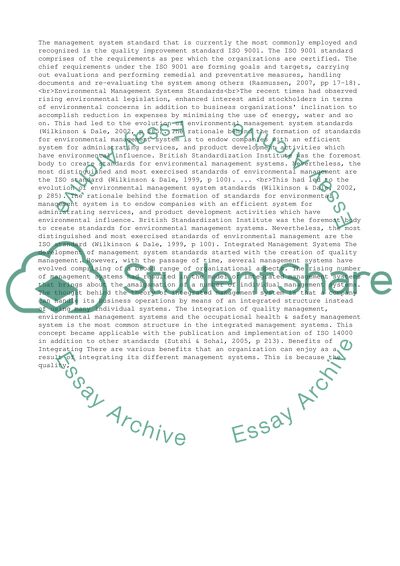Cite this document
(“Domhus UK Ltd. Quality and Environmental Management Systems Report Essay”, n.d.)
Retrieved from https://studentshare.org/management/1396052-domhus-uk-ltd-quality-and-environmental-management-systems-report
Retrieved from https://studentshare.org/management/1396052-domhus-uk-ltd-quality-and-environmental-management-systems-report
(Domhus UK Ltd. Quality and Environmental Management Systems Report Essay)
https://studentshare.org/management/1396052-domhus-uk-ltd-quality-and-environmental-management-systems-report.
https://studentshare.org/management/1396052-domhus-uk-ltd-quality-and-environmental-management-systems-report.
“Domhus UK Ltd. Quality and Environmental Management Systems Report Essay”, n.d. https://studentshare.org/management/1396052-domhus-uk-ltd-quality-and-environmental-management-systems-report.


